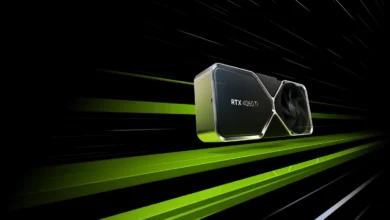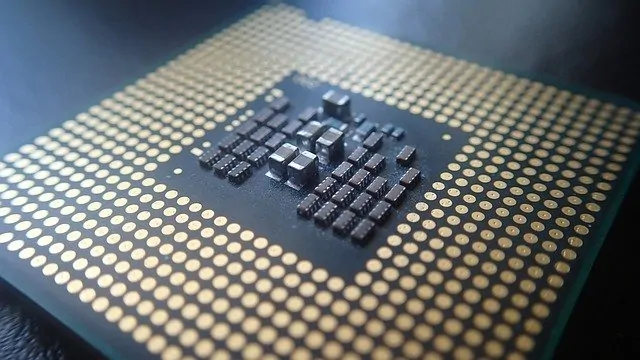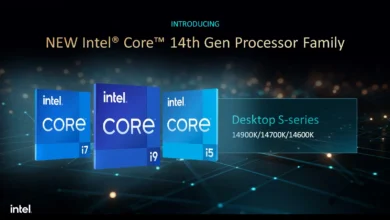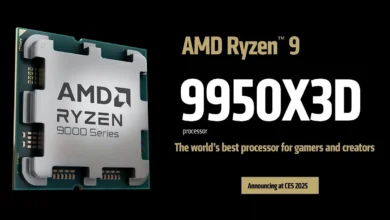AMD Ryzen 8700G & 8600G APU reviews are out: Best GPU in CPU
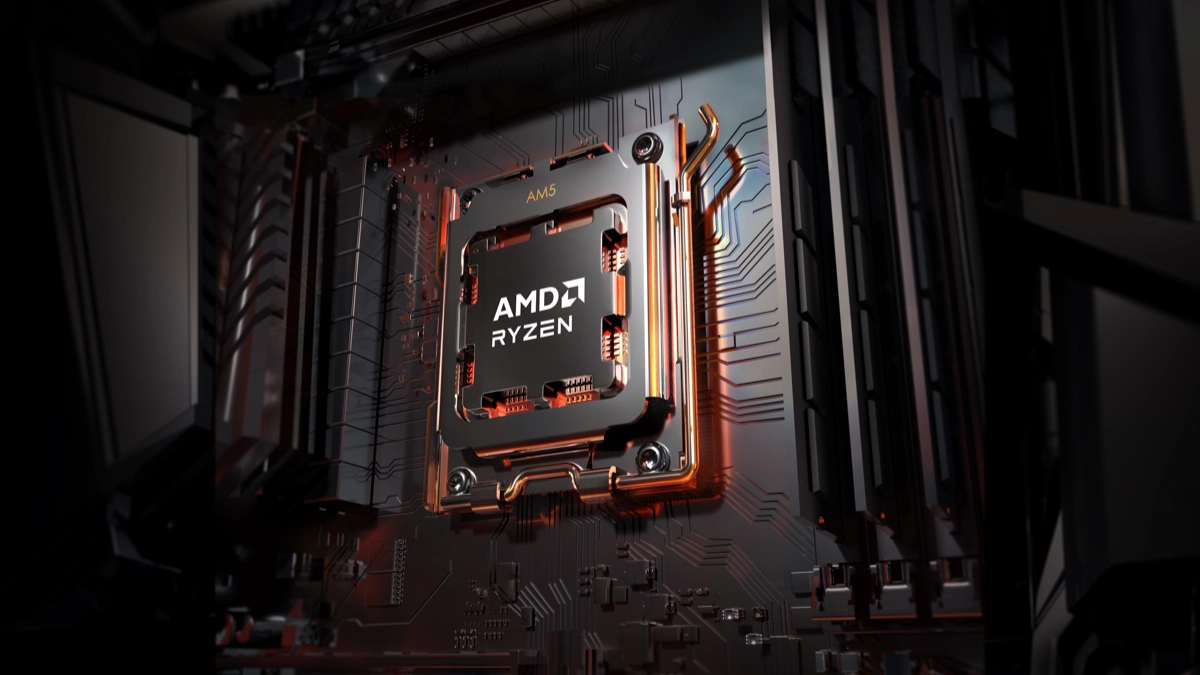
The reviews for the AMD Ryzen 8000G APUs like Ryzen 8700G and Ryzen 8600G are out. These APUs, which are CPUs with built-in GPUs, seem the best ones out there.
Years ago, AMD released the Ryzen 5000G series of CPUs, or APUs if we can call them. These CPUs with relatively more powerful built-in GPUs have been in high demand in emerging markets. This is because they allow one to play games in a budget PC.
When AMD announced the Ryzen 7000 series, it announced that all the processors in the series would come with built-in GPU. However, it was later revealed that these GPUs will have only 2 Compute Units (CU), which makes them suitable only for basic computing tasks, not gaming.
Some days ago, AMD finally announced an upgrade to the Ryzen 5000G series. Rather than naming them as Ryzen 7000G, it named them Ryzen 8000G instead. This also means that next-gen Ryzen CPUs will be named Ryzen 9000 series.
Either way. AMD Ryzen 8000G series has four different processors, though only three are available to the public. These include:
- AMD Ryzen 7 8700G – with 8 cores, 16 threads, 780M GPU with 12CUs. Priced $329.
- AMD Ryzen 5 8600G – with 6 cores, 12 threads, 760M GPU with 8CUs. Priced $229.
- AMD Ryzen 5 8500G – with 6 cores, 12 threads, 740M GPU with 4CUs. Priced $179.
- AMD Ryzen 3 8300G – with 4 cores, 8 threads, 740M GPU with 4CUs. OEM only.
These CPUs are based on Zen 4 architecture – the same which powers the AMD Ryzen 7000 series. The built-in GPU is based on the RDNA 3 architecture – the same one which is found in the AMD Radeon RX 7000 series.
However, it must be mentioned that Ryzen 8500G comes with just two Zen 4 cores, the other four ones are Zen 4c cores, which are smaller cores with lesser performs. The Ryzen 8300G comes with just one Zen 4 cores and three Zen 4c cores.
The biggest attraction for the Ryzen 8000G series is the 780M GPU. This built-in GPU or iGPU can be considered to be the fastest in the world of APUs. Initially released only for mobile CPUs (including notebooks and mobile gaming consoles), it could be excellent for those who want to game on the desktop on a budget.
Today, the reviews for the Ryzen 8000G series is out. Mostly we are talking about just Ryzen 8700G and 8600G.
TechSpot
TechSpot got their hands on the AMD Ryzen 8700G processor. As always, TechSpot reviews are authored by Steven Walton of Hardware Unbox fame. So anyone who wants to watch the review instead of reading it, can watch it on YouTube too.
In raw CPU performance in Cinebench, AMD Ryzen 8700G performed similarly (though slightly slower) to the $329 costing Ryzen 7700, which is impressive. However, the main point of contention is how is the 780M iGPU.
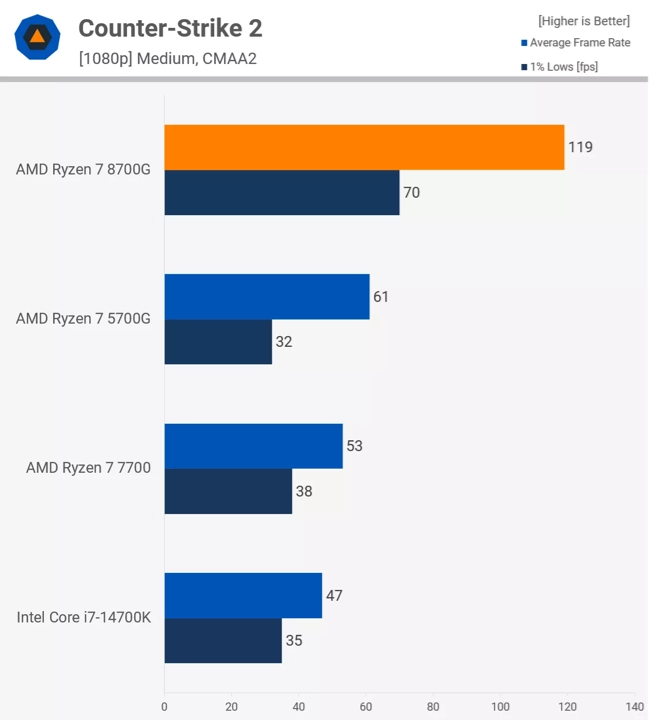
In gaming, the Ryzen 8700G is almost double the performance of Ryzen 5700G, which is a massive leap. Take Counter Strike 2’s medium graphics performance for example, while Ryzen 5700G averages around 60FPS, Ryzen 8700G does almost 120FPS. Such a performance with a built-in GPU is unseen. This increase and more is seen across different titles.
The review also shows how iGPUs are memory sensitive. It shows that sometimes there’s as big as 22% difference in some games when using 5200MHz DDR5 RAM vs 7200MHz DDR5 RAM. So faster RAM is a must.
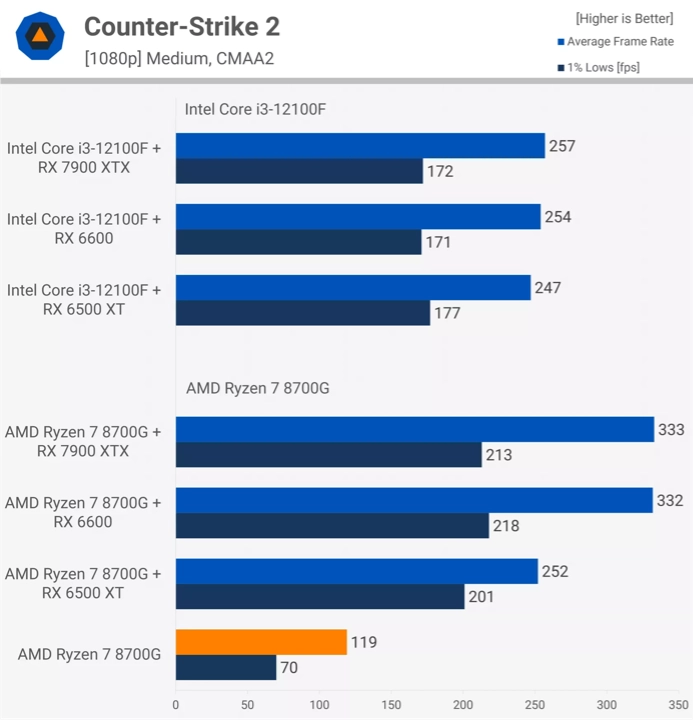
However, TechSpot argues against the cost of Ryzen 8700G. It mentions how one can instead buy a cheap $100 Intel i3 processor, combine it with a $200 AMD Radeon RX 6600 and get faster gaming performance at the same price.
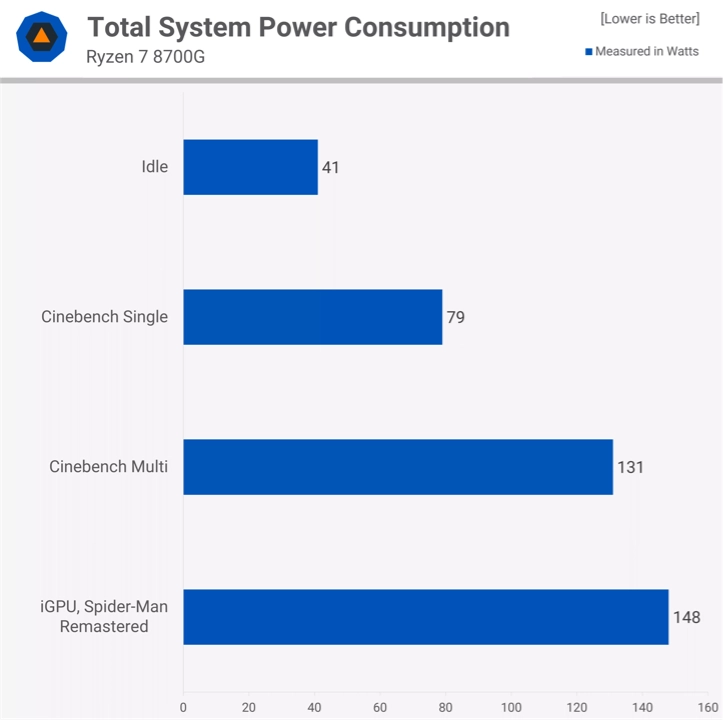
In terms of power consumption, the whole computer maxed out at 148W when gaming, which is excellent.
ComputerBase
German site ComputerBase tested (translated) both Ryzen 8700G and Ryzen 8600G. In 11 different games that they tested, both AMD Ryzen 8700G and Ryzen 8600G were massively faster than their previous-gens.

The Ryzen 8700G and Ryzen 8600G averaged in the early 60s and 50s respectively in terms of FPS. Compare that to mid-30s FPS that Ryzen 5700G and Ryzen 5600G get.
Which means here too Ryzen 8700G and Ryzen 8600G almost doubles the performance when compared to previous-gen.
If one uses faster RAM, there’s a 7% difference between 5200MHz and 7200MHz performance.
However, here too, a combo of a cheap CPU combined with a cheap discrete graphics card is suggested over Ryzen 8700G. However, Ryzen 8600G does make a lot of sense.
ComputerBase also mentions something more interesting. These new Ryzen 8000G APUs can do AMD AFMF, which can double the frames on the driver level. Though, the reviews talking about quality of AFMF aren’t that great.
In terms of raw CPU only performance, it ranks the Ryzen 8700G around 7800X3D and Ryzen 8600G around Ryzen 7500F, which are, again, impressive numbers.
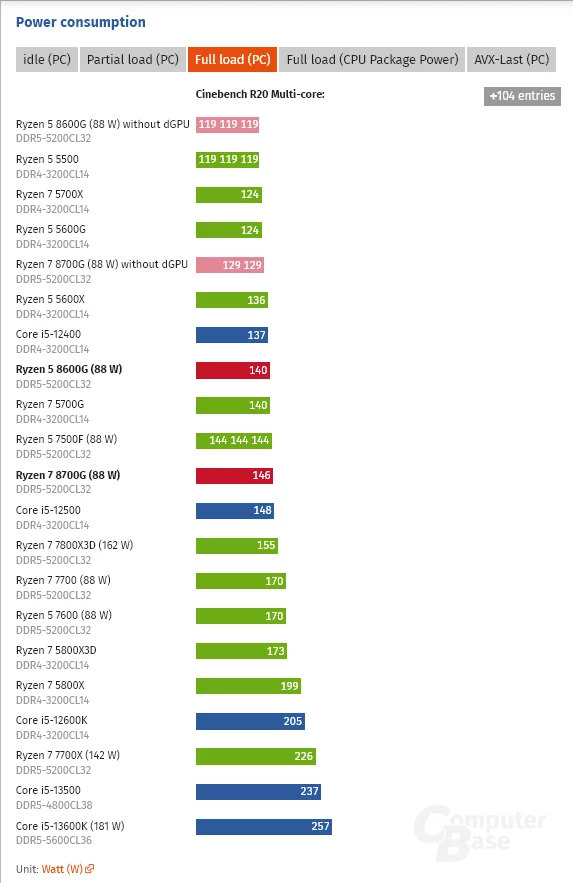
As far as total PC power usage is concerned, AMD Ryzen 8700G used max 146W and Ryzen 8600G used max 140W. Which again are great numbers. Again, we repeat, these are total PC power consumption numbers, not CPU only numbers.
QuasarZone
One of the best reviews for the AMD Ryzen 8700G and Ryzen 8600G comes from the Korean site QuasarZone (translated).
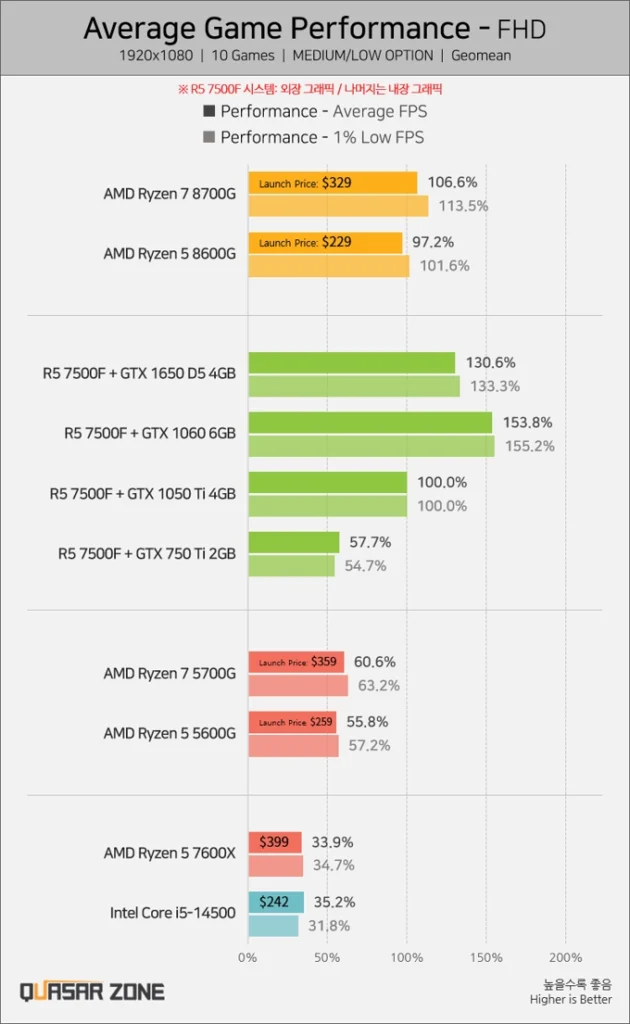
In average 10 games which they tested at medium / low settings, both AMD Ryzen 8700G and Ryzen 8600G were a massively faster than the Ryzen 5700G and Ryzen 5600G APUs. At an average, the performance increase was 175% compared to the previous-gen.
However, that wasn’t alone, they performed faster or on par with Ryzen 7500F combined with discrete GTX 1050 Ti 4GB graphics card.
What they found is that Ryzen 8000G perform exceedingly better in DX 12 titles, compared to DX 11 ones.
Between both Ryzen 8700G and Ryzen 8600G, the more expensive APU was just 10% faster while costing a $100 more.
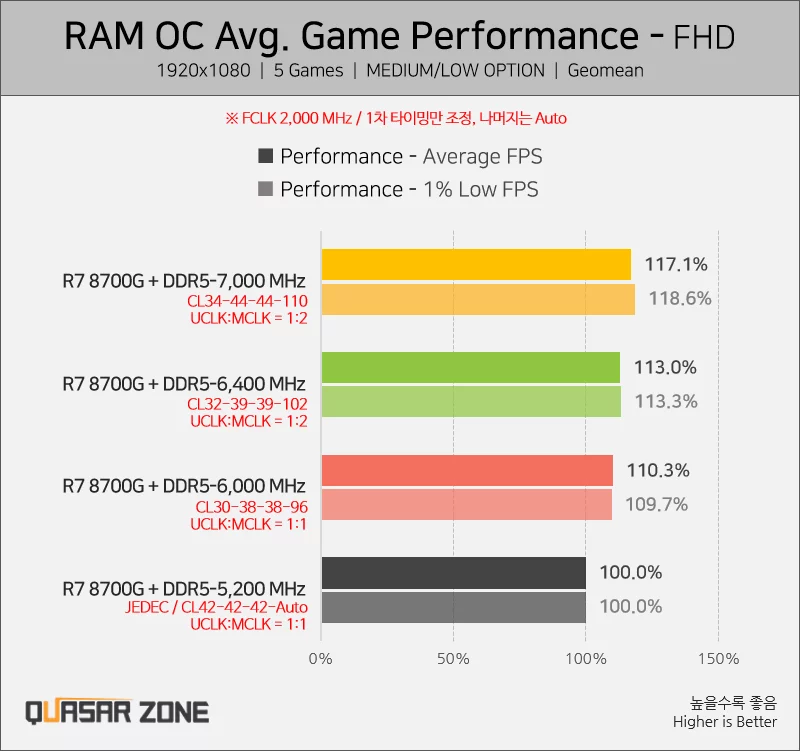
As far as the memory bandwidth is concerned, here too they find that a PC with 7000MHz DDR5 RAM performs 18% faster than a PC with 5200MHz DDR5 RAM in Ryzen 8700G while gaming. Again showing how memory sensitive these APUs are and that faster RAM is a must for using them.
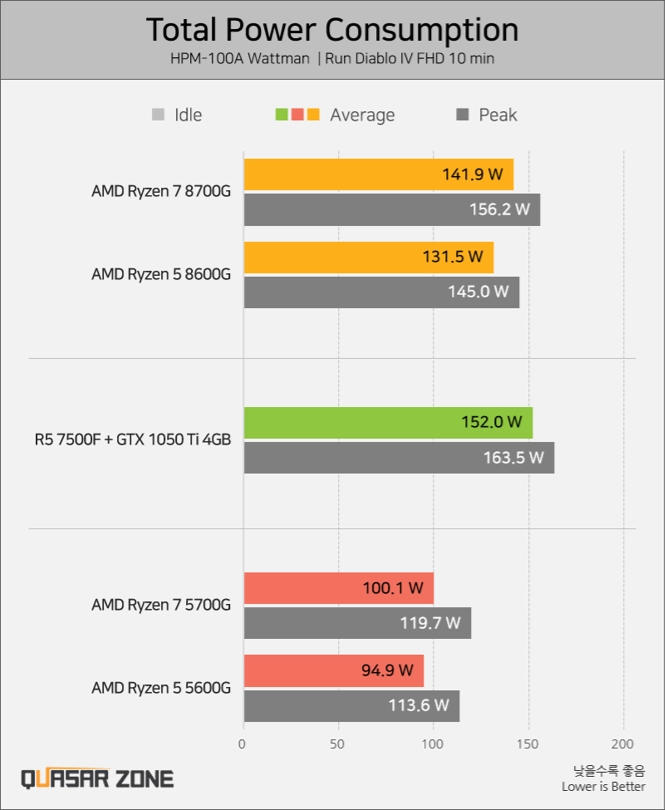
In total power consumption during gaming, here too, AMD Ryzen 8700G and AMD Ryzen 8600G used 142W and 132W respectively. Making them excellent to pair with a lower watt (but remember good quality) power supply.
Conclusion
Anyone who wants to look at more reviews, both VideoCardz and 3DCenter offer a list of other sites which have reviewed these processors.
What all this means is that both AMD Ryzen 8700G and AMD Ryzen 8600G are a massive upgrade over the AMD Ryzen 5000G series processors.
It must be mentioned, @9550pro on Twitter (now X) shares how Ryzen 8700G used in combination with 8400MHz RAM makes it perform as fast as GTX 1650 Ti discrete graphics card.
However, there’s one big problem: the pricing of Ryzen 8700G. Anyone who is looking at buying an APU would be budget buyers. There’s no way anyone would want to spend $329 on an APU.
This is where AMD Ryzen 8600G with 6 cores and 760M GPU comes. It costs just $229 – a whole $100 less and is only 10% slower than the Ryzen 8700G in gaming. What we would have however preferred is that AMD would have given 8600G the same 780M GPU with 12 CU. That would have been outstanding. Instead, we get 760M GPU with 8CU.
Another thing which needs to be mentioned is that PCIe lanes. Both Ryzen 8700G and Ryzen 8600G come with x16 PCIe lanes available, which is not the best but acceptable. However, Ryzen 8500G, which we don’t yet know how it performs, has only 10x PCIe lanes available.
Which means, if one wants to combine Ryzen 8500G with a graphics card which uses x8 lanes, only x2 lanes which would be available for NVMe SSD, which usually run at x4. Meaning, using a graphics card with Ryzen 8500G is out of question.
So yes. Looking the reviews, we are happy that AMD released Ryzen 8000G. But we are less happy with the Ryzen 8700G pricing. Making the Ryzen 8600G better choice in our view.
Update – AMD STAPM Issue
Gamers Nexus on YouTube tested both the AMD Ryzen 8700G and Ryzen 8600G processors. They found that these processors were mistakenly triggering STAPM, which is made for mobile processors to lower their power usage depending on their temps.
As these are desktop processors, there’s no need for them to have STAPM enabled in them. The outcome of this mistakenly enabled feature – if one can call it, is that some games might have performed badly due to it. So Gamers Nexus reported it to AMD and they came up with a reply:
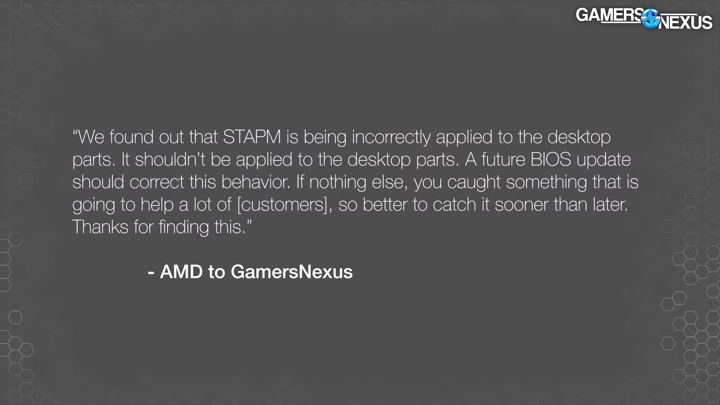
So wait for AMD to quickly release an BIOS update to fix the STAPM issue. Also, expect further increase in performance in some games when using these processors after the BIOS update. How much increase in performance, that can be only known after bench markers re-test them.

